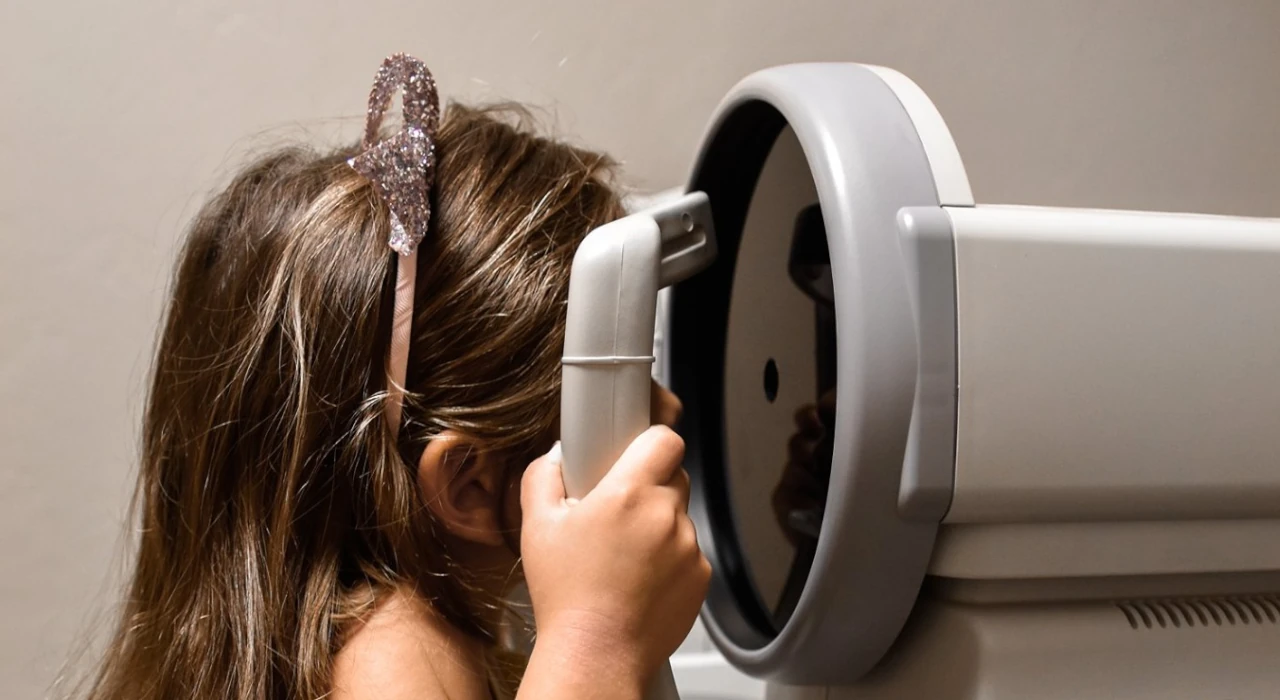
Exercises and Tools Used In Vision Therapy
Vision therapy incorporates a variety of exercises and tools that are tailored to the specific needs of each individual. These exercises and tools are designed to target and improve various aspects of visual function, promoting enhanced visual processing and overall visual efficiency.
- Eye Movement Exercises: These exercises aim to improve the coordination, speed, and accuracy of eye movements. They may involve tracking moving objects, following a specific pattern, or shifting focus between different points. By practicing these exercises, individuals can develop smoother and more efficient eye movements, which are crucial for tasks such as reading, scanning, and tracking objects in the environment.
- Binocular Vision Exercises: Binocular vision exercises are designed to enhance the ability of both eyes to work together as a team. These exercises focus on improving eye alignment, coordination, and depth perception. They may include activities that require the eyes to converge (move inward) or diverge (move outward) to accurately perceive objects at various distances.
- Visual Processing Exercises: Visual processing exercises target the brain's ability to interpret and make sense of visual information. These exercises may involve tasks that require visual discrimination, visual memory, visual sequencing, and visual integration. By challenging the brain's processing capabilities, these exercises help improve skills such as reading comprehension, visual memory, and visual problem-solving.
- Visual-Motor Integration Exercises: Visual-motor integration exercises aim to improve the coordination between visual perception and motor skills. These exercises involve integrating visual information with hand-eye coordination and gross motor movements. Activities such as drawing, tracing, and catching objects can help strengthen the connection between the visual system and motor control, enhancing overall visual-motor skills.
- Specialized Lenses and Prism Therapy: In some cases, vision therapy may involve the use of specialized lenses or prisms. These optical aids can modify the way light enters the eyes, correcting specific visual issues and improving visual acuity, alignment, and binocular function. They can help individuals overcome challenges such as double vision, eye tracking difficulties, and convergence insufficiency.
- Virtual Reality and Digital Tools: With advancements in technology, virtual reality and digital tools have become valuable additions to vision therapy. Virtual reality simulations can provide a controlled and immersive environment for visual training, allowing individuals to practice various visual tasks in a realistic setting. Digital tools, such as interactive computer programs and apps, can also be utilized to engage and motivate patients during vision therapy sessions.
It's important to note that the specific exercises and tools used in vision therapy will vary based on the individual's unique visual needs and treatment goals. A qualified vision therapist will assess the individual's visual abilities and design a customized treatment plan that incorporates the most appropriate exercises and tools to address their specific challenges.
Through consistent practice and guidance from a vision therapist, individuals can experience significant improvements in their visual function, leading to enhanced visual comfort, efficiency, and overall quality of life.






